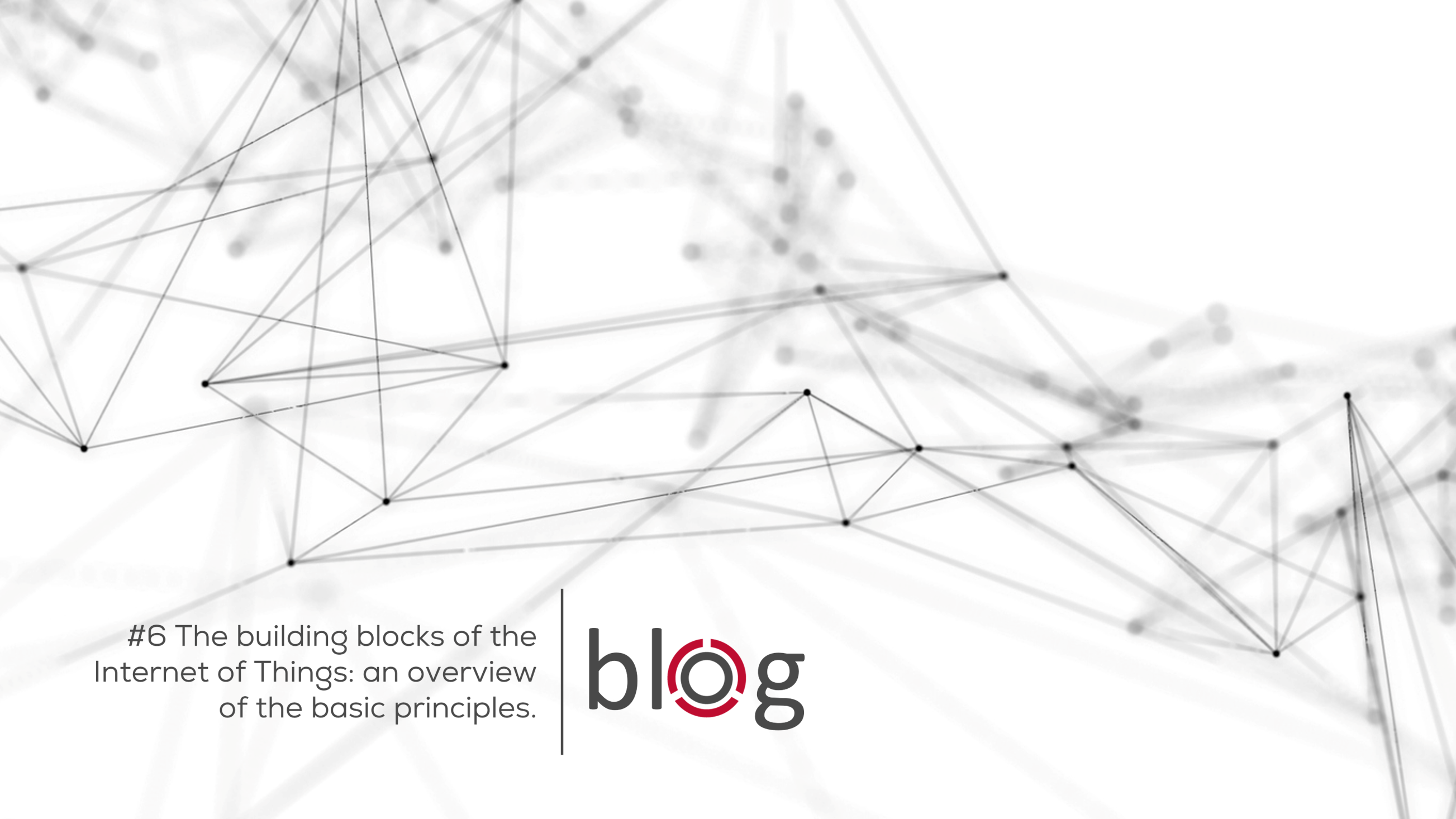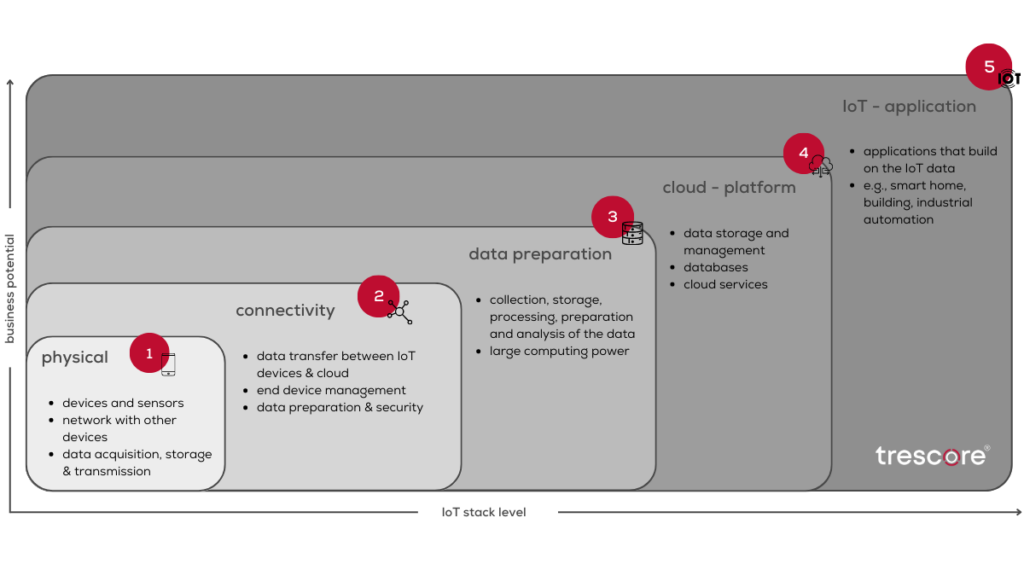The building blocks of the Internet of Things: an overview of the basic principles.

Today’s blog post is all about the IoT-Stack: a useful concept to understand how IoT solutions are built. It helps to identify the different components required for a successful IoT implementation and as a guide for planning and developing IoT systems.
The Internet of Things (IoT) is a growing market that includes more and more devices and applications that communicate and exchange data with each other. An IoT-Stack (also known as an IoT technology stack) refers to the group of technologies and components used to develop and run IoT applications. Get inspired and learn what’s behind the five different IoT-Stack levels.
The five technological levels, which all have a significant function in the implementation of applications, can be aimed at consumers: inside as well as used for industrial IoT projects. From the simple connection of “things” and IoT devices to the development of applications with specific goals, all levels play a key role.

The physical level as the basis for networked devices
The physical layer is the lowest layer in the IoT-Stack and includes all physical devices, sensors, actuators and gateways used in an IoT system. These devices are the interface between the digital and physical worlds and collect data from the environment or perform actions in the environment.
A typical IoT device consists of several physical components, such as a microcontroller or processor, memory, sensors, actuators, communication interfaces and power supply. The microcontroller or processor is the heart of the device and controls all other components. The sensors measure physical variables such as temperature, humidity, light intensity or acceleration. Actuators are capable of performing actions in the physical environment, such as turning devices on or off or triggering alarms. The communication interfaces allow the device to connect to other devices or networks, while the power supply provides power to the device. Due to the variety of devices in the IoT system, different communication protocols can be used to establish a connection between devices. Examples of physical layer communication protocols include Wi-Fi, Bluetooth, RFID, and NFC.
The physical level is of great importance because it provides the link between the digital and physical worlds. If this level does not function reliably, data loss or malfunction can occur, which can negatively impact the entire IoT system. For this reason, it is important that IoT devices have high reliability and stability at this level.
Creating connectivity: The connectivity level in the IoT-Stack
The second level required is the connectivity level. This is responsible for the transmission of data between the various IoT devices and the cloud platform. This can be done via different types of networks such as WLAN or Bluetooth. The connectivity level is critical to the efficiency and scalability of IoT networks. A robust connectivity level enables reliable transmission of data and fast response time, which in turn leads to better decision making and more effective use of IoT applications.
From raw data to valuable insights: The data preparation level in the IoT
The 3rd level in the IoT-Stack is often referred to as the data processing level. This level is responsible for collecting, storing and processing the data collected and generated by the sensors and actuators on the 2nd level of the IoT stack. The data processing level consists of various components that may vary depending on the use case. In general, however, it includes the following functions:
- Data storage: the data preparation level stores the acquired data in an appropriate database or data store. In this process, the data is often stored in raw form to allow for later processing.
- Data processing: The acquired data is processed by the data preparation level to prepare it for further analysis or for use in applications. Various methods can be used here, such as data filtering, aggregation or transformation.
- Data preparation: The prepared data is prepared for use in applications or for further analyses. This can involve, for example, data cleansing, enrichment or merging of data from different sources.
- Data analysis: The prepared data is analyzed to identify insights and patterns. Various analysis methods can be used here, such as statistical analysis, machine learning or predictive analytics.
In the IoT-Stack, the data preparation level plays an important role as it ensures that captured data is available in a suitable form and can be used for further analysis and applications. Effective data preparation is crucial for the success of IoT applications, as it ensures that the captured data can be used meaningfully to generate added value.
The IoT Cloud Platform: Data Management and Analytics in the Digital Cloud
The cloud platform is the fourth level of the IoT-Stack. This is where the processed data is stored and managed. Databases, cloud services and applications can be used to store, analyze and visualize the data.
Applications for connected life: The IoT application level at a glance
The top level in the IoT stack is the application level. This comprises various applications that build on the IoT data. These can be applications for the smart home, smart building, industrial automation, healthcare and many other application areas.
The IoT-Stack is a useful concept to understand how IoT solutions are built. It helps identify the various components required for a successful IoT implementation and can serve as a guide for planning and developing IoT systems. However, before technology selection, it is important to understand the business case and customer benefits of the individual solution.
As an IoT service provider, we develop and produce custom IoT system solutions consisting of individual electronics, software, firmware and mechanics for our customers in the manufacturing sector. Contact us now via our contact form or book an appointment directly.
Sind Sie bereit mit uns den
nächsten Schritt zu gehen?
Nehmen Sie jetzt mit uns Kontakt auf und lassen Sie uns gemeinsam das volle Potenzial der Digitalisierung nutzen.
trescore GmbH
Burtenbacher Str. 12
86505 Münsterhausen
0 82 81 - 50 899-40
info@trescore.de


